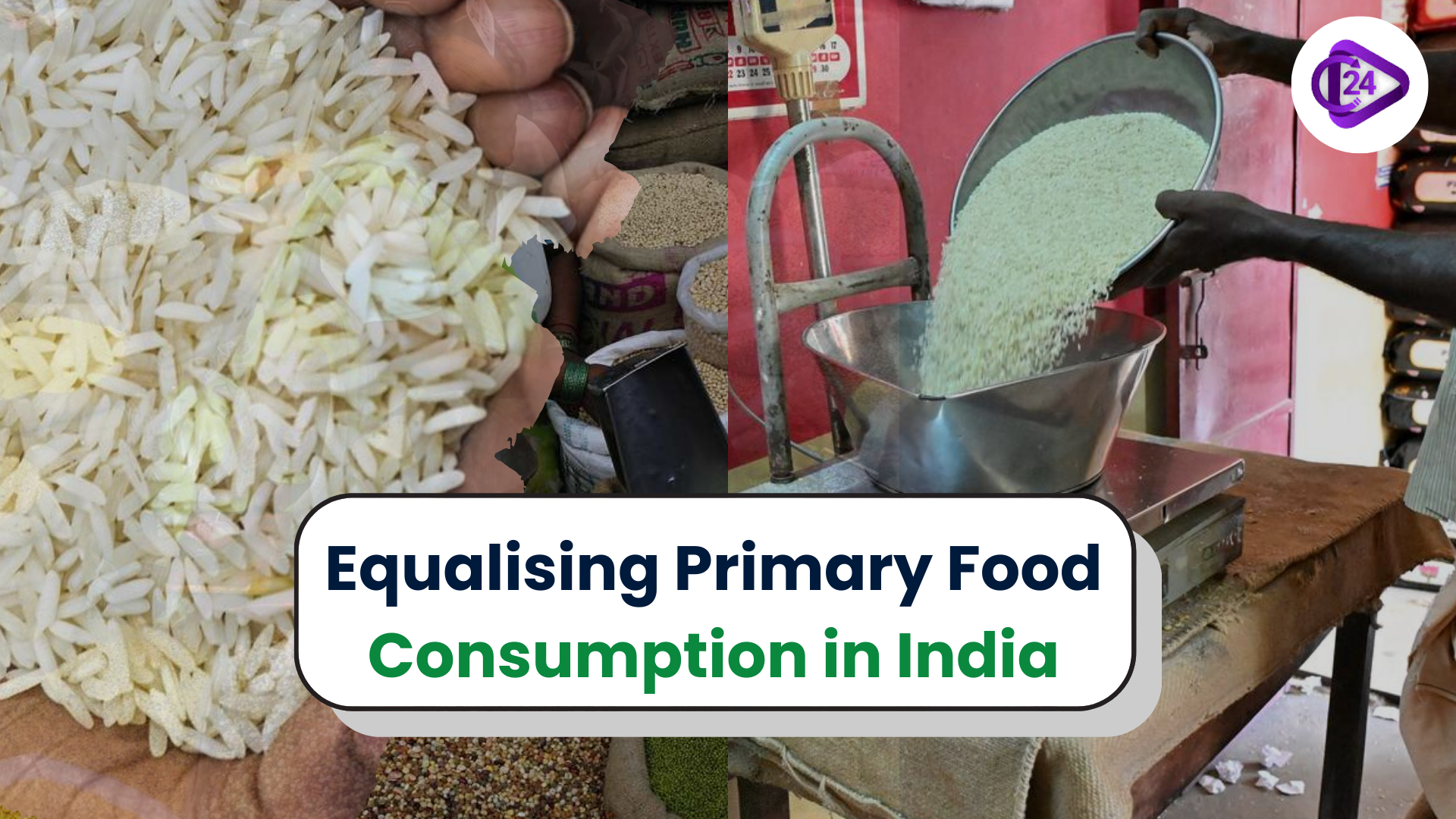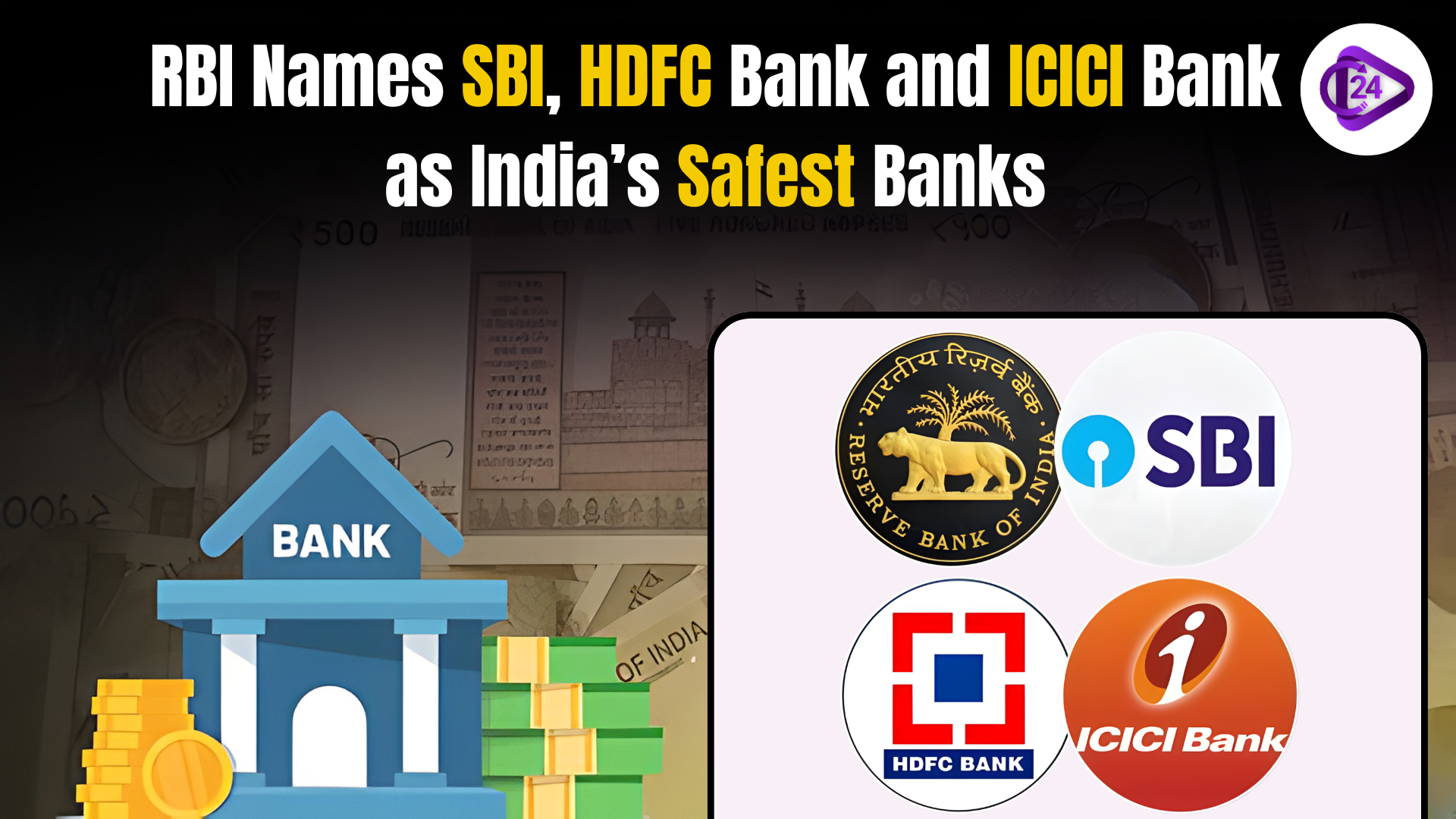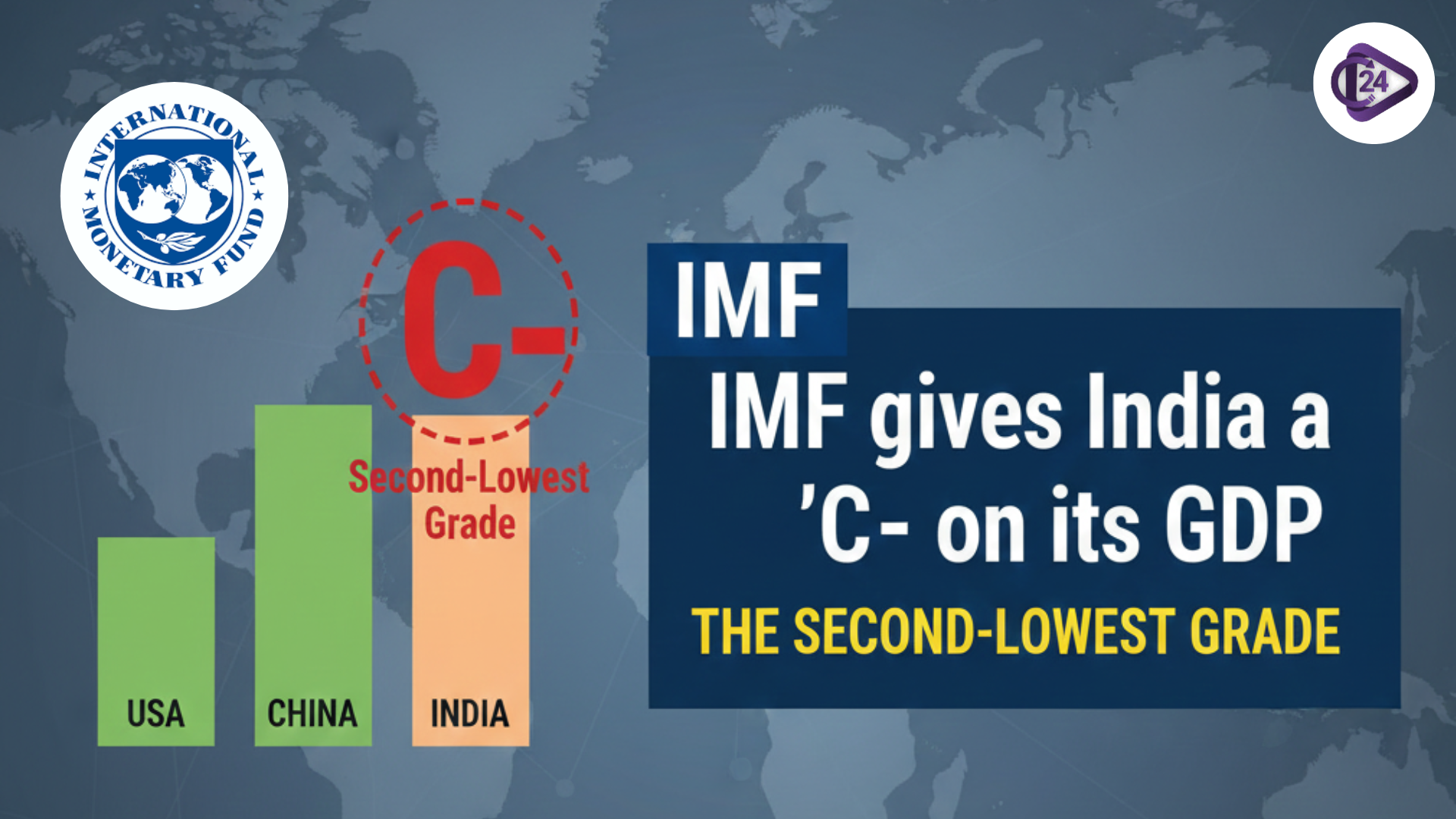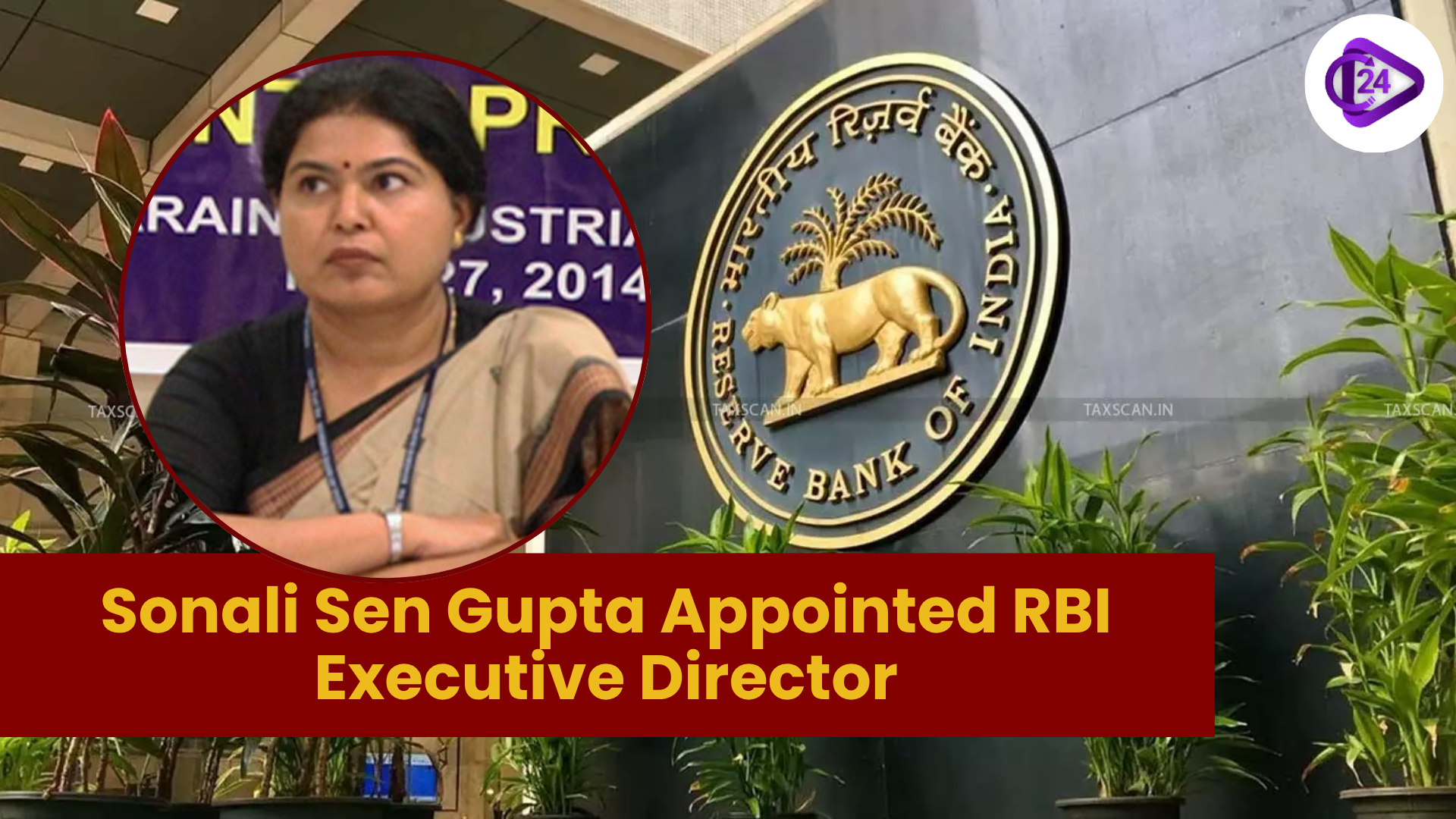
The increasing attention to food deprivation and its measurements in India depicts some serious gaps in spite of the statements of poverty reduction. The traditional poverty indicators of calorie consumption do not reflect the food consumption inequalities. This paper suggests a transitory change to the thali meal as a more comprehensive solution and the necessity to focus on unequal food intake, specifically pulses. It also criticizes the Public Distribution System (PDS) because it is inefficient and recommends its reorganization to deliver pulses to the poorest population members, which would cause a more balanced food system nationwide.
Key Points in Detail
Food Consumption and Poverty Measurement.
-
The world bank reports that extreme poverty in India has been drastically reduced though there is high food deprivation particularly in the rural parts.
-
The article criticizes traditional poverty measures, which view them as being too caloric oriented, whereas they need to take into consideration other important elements such as nutrition, energy, and food satisfaction.
-
It is suggested that a more appropriate measure of real food intake would be the so-called thali meal, a balanced mix of rice, dal, vegetables, roti, curd, and salad.
Research Results on Food Deprivation.
-
In spite of the optimistic estimates made by the World Bank on poverty, almost half of the rural population with a quarter of the urban population are unable to spend two thalis in a day on food at the present level of food expenditure.
-
This truth is shown in the actual spending on food after subtraction of rent, transport and other important expenditures, because food deprivation is even more prevalent than the figures of poverty.
Effects of Public Distribution System (PDS).
-
PDS has been successful in its aim to ensure that people are not deprived of food since it offers subsidized cereals but it has drawbacks. Food deprivation in the rural areas is high despite the subsidies.
-
Even the PDS is giving significant subsidies to those who are able to spend above two thalis a day, yet this may not be essential.
-
The effectiveness of the PDS in the equalization of cereal consumption among various income levels is also emphasized. As it is, it might not be viable enough to help the poorest population meet nutritional needs.
The idea that PDS should be expanded to Pulses.
-
There is a huge gap in the nutritional value of the poorest households versus the wealthiest households. The per capita consumption of pulses is significantly lower by the poor people.
-
To close this gap and have more balanced nutrition for everyone, the PDS needs to be expanded to include pulses which are essential in protein consumption.
-
The government would also be able to fulfil the nutritional requirements of the poorest with a redistribution of resources between unnecessary cereal subsidies and pulses, which will enhance the effectiveness of the PDS.
Restructuring the PDS
-
The article suggests reorganizing the PDS, according to which more subsidies on cereals to richer households will be eliminated, and the funds will be used to feed more people in need of pulses the most.
-
Reorganization of this kind would not only be financially feasible but it would also enable the PDS to be more efficient in meeting the real nutritional concerns of the poorest in India.
Budgetary Adjustments and Policy Modifications.
-
The stocking level of the Food Corporation of India could be reduced by cutting the unnecessary cereal subsidies and concentrating on pulses, thus causing significant savings in the level of stock.
-
The proposal recommends a more specific PDS, addressing nutrition instead of just meeting the calorie needs, which would enable the government to spend money more appropriately.
Conclusion
Although the food subsidy system in India is a success in terms of harmonizing the consumption of cereals, it requires considerable reorganizing to help meet the nutritional requirements of the poorest. The government can make the food system more efficient and fair by increasing the range of PDS to include pulses and cutting on the unnecessary subsidies of cereals. The change would not just contribute to the resolution of food deprivation but would also guarantee the poor families access to balanced nutrition, which would make a significant contribution to the population's health and economic status.



 RBI Retains SBI, HDFC Bank, and ICICI Bank as Domestic Systemically Important Banks
RBI Retains SBI, HDFC Bank, and ICICI Bank as Domestic Systemically Important Banks IMF gives India a ‘C’ on its GDP and other national accounts data, the second-lowest grade
IMF gives India a ‘C’ on its GDP and other national accounts data, the second-lowest grade India Witnesses Rapid Surge in Ultra-Processed Food Consumption
India Witnesses Rapid Surge in Ultra-Processed Food Consumption HDFC Bank Secures the Top Rank in India’s 2025 Brand Value Index
HDFC Bank Secures the Top Rank in India’s 2025 Brand Value Index ASSOCHAM New President Nirmal Minda to Drive Industrial Innovation and Sustainability in India
ASSOCHAM New President Nirmal Minda to Drive Industrial Innovation and Sustainability in India 8th Pay Commission 2025: Latest News, Salary Hike & DA Update
8th Pay Commission 2025: Latest News, Salary Hike & DA Update Sonali Sen Gupta Takes Charge as RBI Executive Director
Sonali Sen Gupta Takes Charge as RBI Executive Director Shram Shakti Niti 2025: India’s Future-Ready Labour Policy for Employment Growth
Shram Shakti Niti 2025: India’s Future-Ready Labour Policy for Employment Growth Secure UPI Transactions: RBI and NPCI Introduce Biometric Authentication
Secure UPI Transactions: RBI and NPCI Introduce Biometric Authentication Shirish Chandra Murmu Appointed as RBI Deputy Governor
Shirish Chandra Murmu Appointed as RBI Deputy Governor






